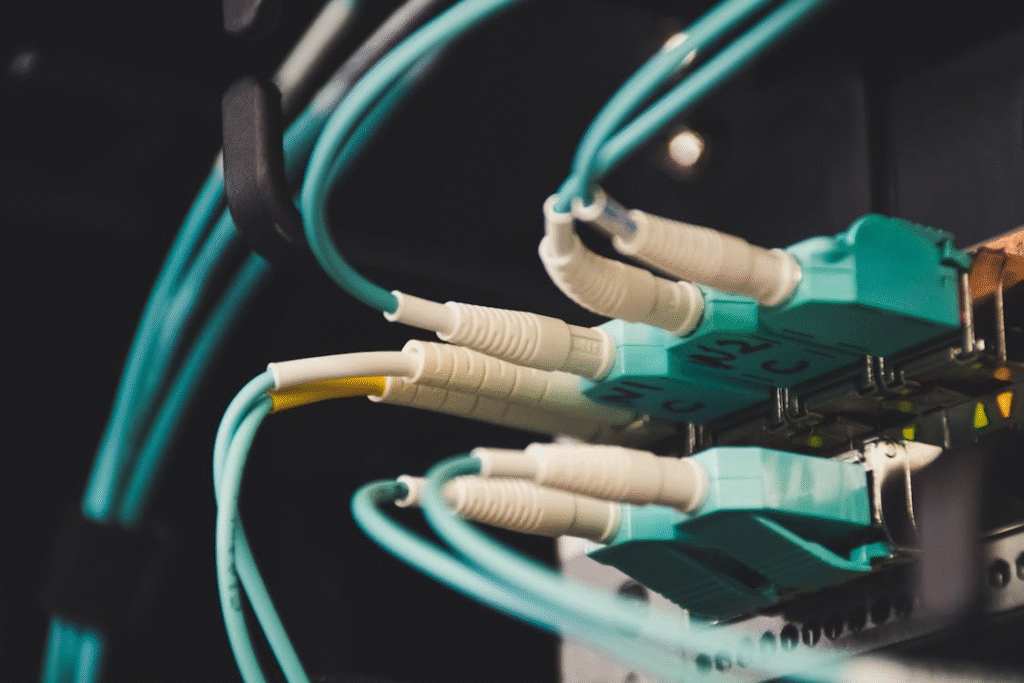Bandwidth slowdowns can be a frustrating experience for internet users, impacting everything from streaming services to remote work. It can feel like an unseen force is dragging down your connection when you need it most. Where reliable internet access is vital for both leisure and professional pursuits, understanding the reasons behind these slowdowns can empower you to take action. This article explores the causes of bandwidth slowdowns, examines your rights as an internet consumer, and offers guidance on effective solutions to take into account.

The Causes of Bandwidth Slowdowns
Bandwidth slowdowns can result from a variety of factors, some within your control and others beyond it. One significant contributor is network congestion, which occurs when too many users are online simultaneously in a specific region. This is apparent during peak hours when family members or roommates engage in activities that require substantial bandwidth, such as streaming HD content, online gaming, or video conferencing. Network infrastructure provided by internet service providers (ISPs) can affect your connection speed. Legacy equipment and insufficient capacity can lead to slow response times, or at worst, no connectivity at all.
Another primary cause is ISP throttling. This practice involves intentionally slowing down specific types of traffic, usually to manage network resources effectively or respond to congestion. While ISPs argue that throttling helps ensure fair use of bandwidth among consumers, many users feel that their limited internet package should not be subject to further constraints. For those experiencing consistent slowdowns, it is important to investigate ISP policies and identify whether throttling occurs, as many service providers do not clearly disclose this information. Understanding these dynamics is the first step towards combating slow speeds and reclaiming your internet experience.
Your Rights as an Internet Consumer
As an internet consumer, it’s vital to know your rights regarding bandwidth and service quality. In many jurisdictions, regulations dictate that ISPs must provide accurate information about their services, including potential throttling and service limitations. The Federal Communications Commission (FCC) in the U.S. mandates that ISPs disclose their network management practices. This is designed to create transparency and offers users the ability to make informed decisions when selecting a service provider.
You should be aware of the options available if you feel your ISP is not fulfilling its service promises. If you believe your service is consistently below what you paid for, you may be entitled to recourse. Many consumers are unaware that they can explore business recourse for ISP throttling or take advantage of consumer protection laws. Agencies that oversee telecommunication matters in your area may offer complaint processes or mediation methods to help resolve these issues. Awareness and understanding of your rights can empower you to demand the quality service you expect.
Taking the time to document issues such as repeated slowdowns or service outages can strengthen your case when filing a complaint. Comparing your provider’s actual performance with the speeds outlined in your contract helps highlight any discrepancies. Switching providers may be the most effective way to secure fair service. Staying informed about regulatory changes ensures that you remain protected as internet policies evolve. Being proactive and engaged as a consumer allows you to safeguard your access to reliable, high-quality internet service.
Effective Solutions to Combat Slowdowns
Now that you understand the causes of bandwidth slowdowns and your rights as a consumer, what practical steps can you take to mitigate these issues? Implementing better network management at home can significantly enhance your experience. Begin by identifying devices that consume significant bandwidth, such as smart TVs and gaming consoles, and schedule heavy usage times for when they are least likely to interfere with your experience.
This level of management can help distribute bandwidth usage evenly across your household. Another solution is to explore different internet plans or providers. If you have consistently experienced slow speeds, researching other ISPs in your area can provide insight into more suitable options. Competition between providers often results in better services and pricing for consumers. Look for services that promise better reliability, higher speeds, or more generous data caps. Often, switching providers can yield significant improvements in speed and service quality.
Upgrading Your Equipment
Aside from examining your ISP, ensure that your home network gear is not contributing to your slow speeds. Older routers and modems may not be equipped to handle modern internet demands. Upgrade to newer models that offer higher bandwidth capacities and advanced features, such as dual-band capabilities, which can separate internet traffic for different devices. This can reduce interference and improve connectivity.
A well-placed investment in your network equipment can significantly enhance speeds and reliability. Regularly updating firmware on your devices is important, as manufacturers frequently release updates designed to improve performance and security. Ensure all your connected devices are compatible with the latest internet standards, like WPA3, to facilitate a faster, more secure experience.
Proper router placement is critical, keeping it in a central, elevated location helps maximize coverage. Use mesh Wi-Fi systems if your home has multiple floors or dead zones, as these can extend signals more evenly throughout the space. For households with heavy usage, routers with Quality of Service (QoS) settings can prioritize bandwidth for gaming, streaming, or work applications. Investing in surge protectors or backup power supplies can safeguard equipment from unexpected damage.

Taking Action Against Your ISP
If all else fails, take proactive measures against your ISP. Documenting the instances of slowdowns and your attempts to resolve them can be invaluable if disputes arise. Keep records of your service plan, speed tests, and any discussions you have with your ISP about service quality. This information can serve as evidence if you choose to escalate your concerns through official channels.
Local or national consumer advocacy groups may offer further support and information on how to address bandwidth issues. You may promote improved service in a way that goes beyond individual annoyance and has a wider influence by utilizing consumer rights groups and laws intended to safeguard internet users.
Reducing frustrations caused by bandwidth slowdowns isn’t just about understanding your rights as a consumer but actively pursuing actions that can lead to improvements. Investigating causes, recognizing rights, implementing solutions, and ensuring proper equipment are all important steps toward a more satisfying internet experience. From the home front to interactions with ISPs, awareness and assertiveness are keys to confronting and overcoming persistent internet challenges.

